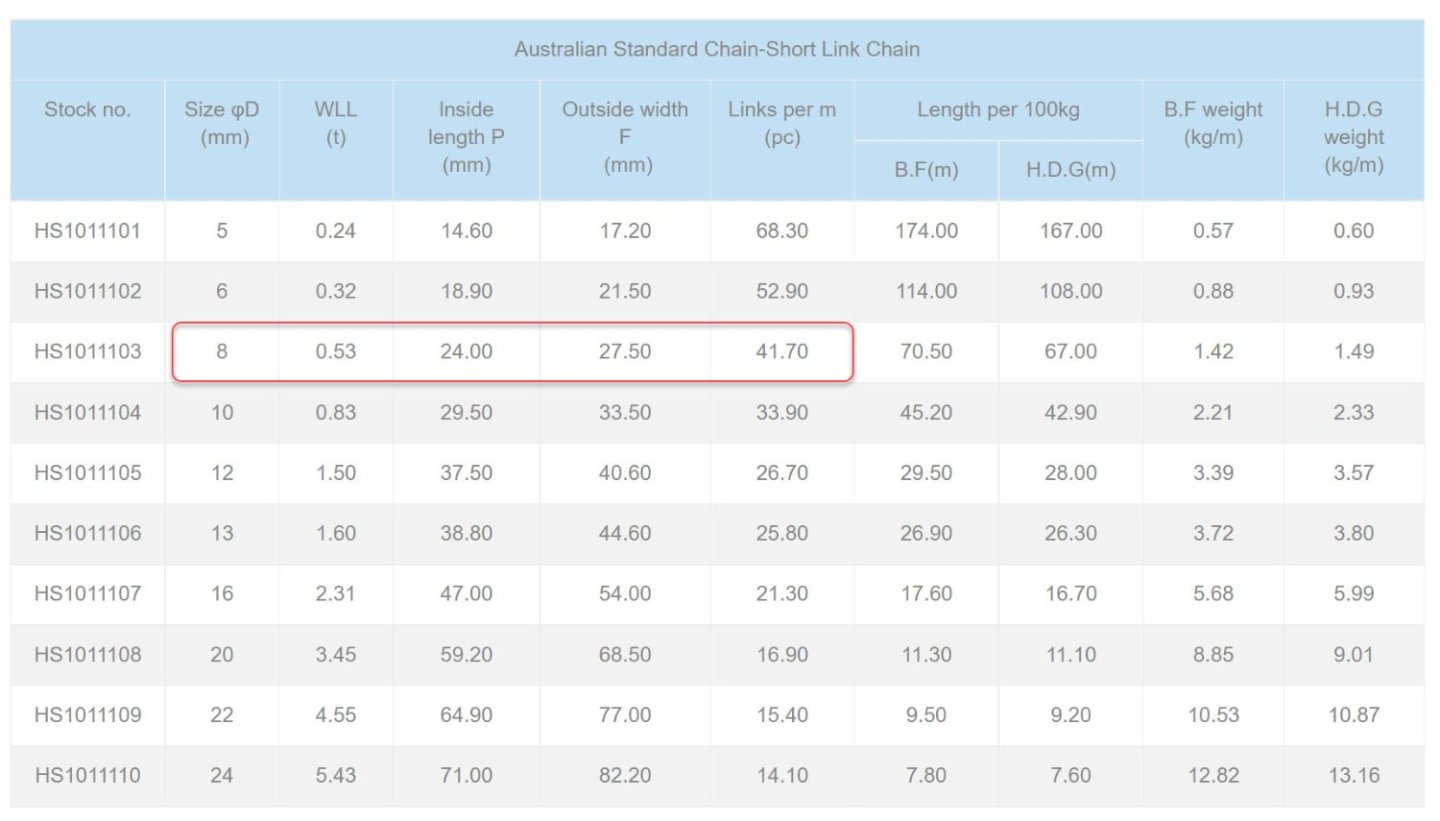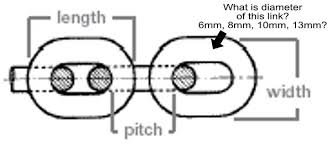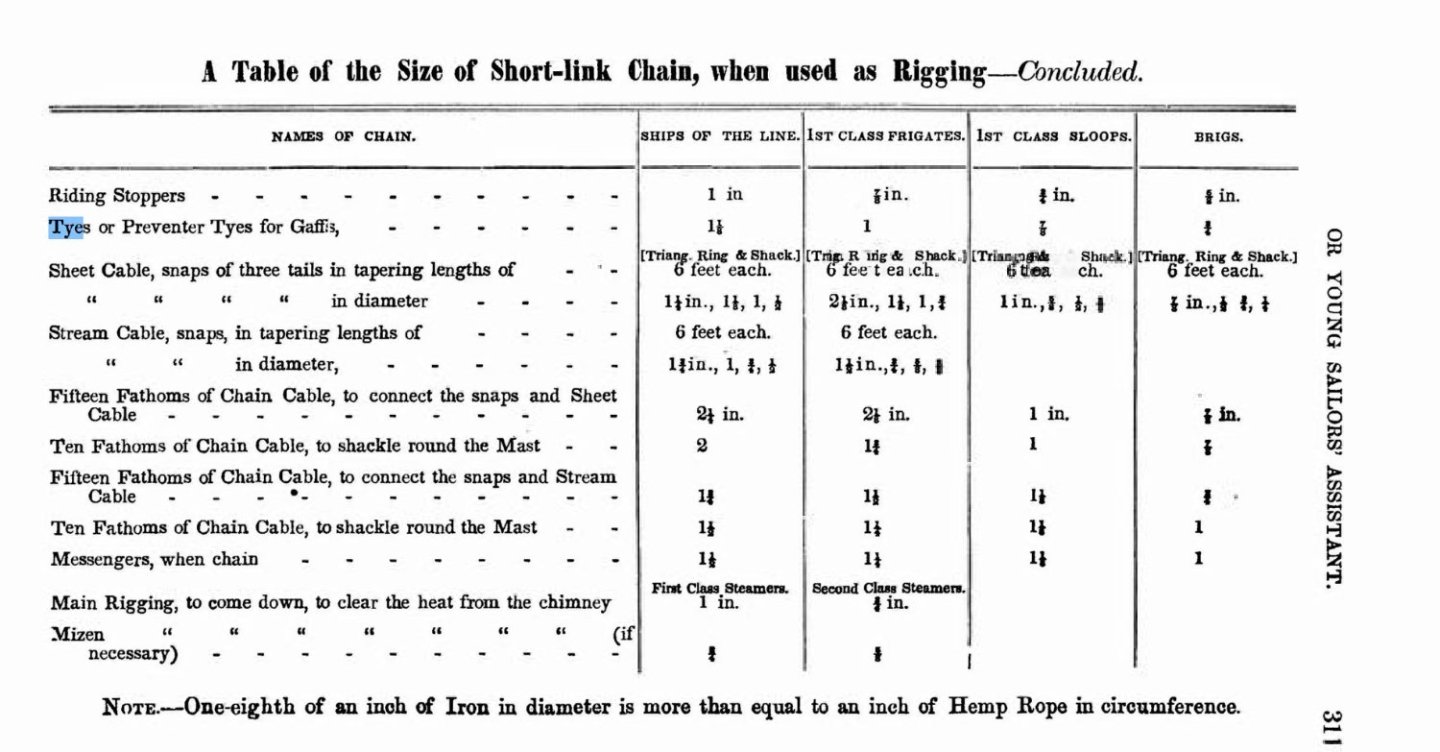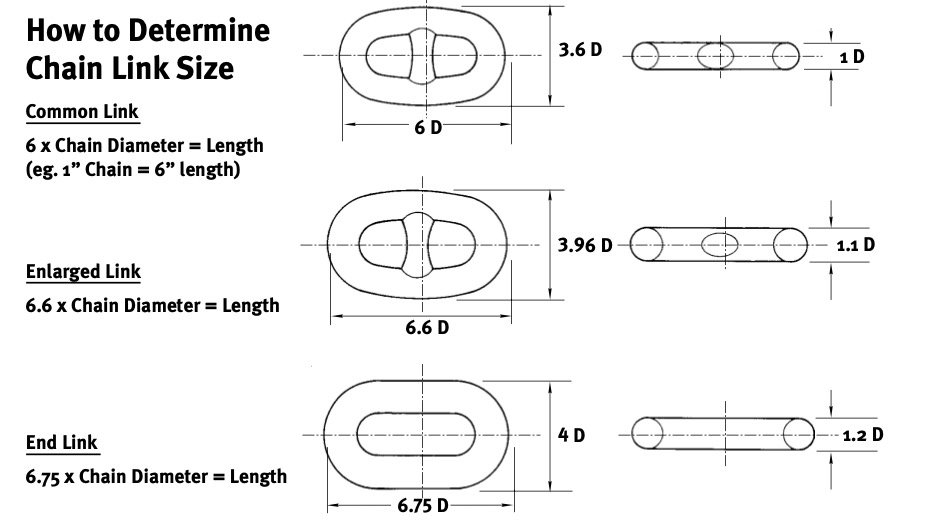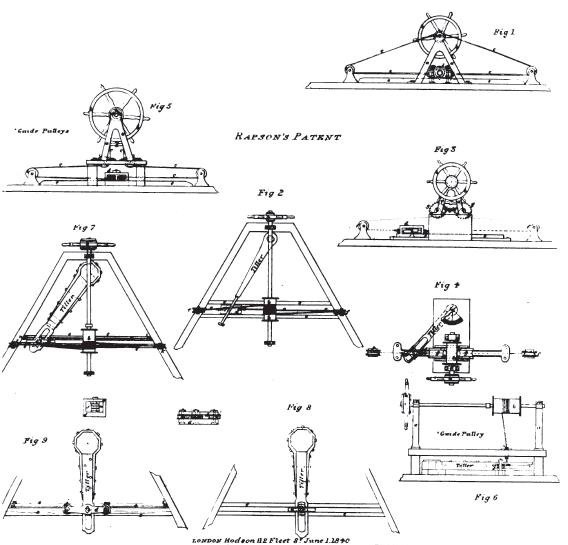-
Posts
5,946 -
Joined
-
Last visited
Content Type
Profiles
Forums
Gallery
Events
Everything posted by BANYAN
-
Great process Rob, I have been mucking around trying to form my 'boots' and having a lot of problems due to the severe rake of Victoria's masts. I also have to make some boom rests/shoulders on the mast with the same angle/orientation - I will give sculpting them a go I think. Nice work on your boots etc Vladimir, you offer an alternate method to consider but I think with 15 degrees of rake on the mizen, the moulding may be the better option to try first. Your build is coming on very nicely. cheers Pat
-
What a wonderful ride this build has been. Congrats on a first-class build Keith; it has been a joy to see your progress and high-quality work. She looks wonderful and so accuratly reflects the actual yacht. cheers Pat
-
Thanks Dave, very effective technique - had me fooled More nice work on that hatch. cheers Pat
- 143 replies
-

HMCSS Victoria 1855 by BANYAN - 1:72
BANYAN replied to BANYAN's topic in - Build logs for subjects built 1851 - 1900
Eberhard, after a little more searching I have found a website that provides some guidance even if for steel short-link chain to Australian standards (Haosail Website) - iron links were probably a little larger? After applying the rules-of-thumb from Fincham, and using the table details for link width based on 8mm which is close to 5/16" chain listed in the Rigging Warrant for the TG tye), I arrived at the following. The overall dimensions for the Tye sheave slot were 6¼” long, 1 13/16” wide. As the topgallant section of the combined mast is 5 5/16” where the slot is cut, the width would not have left much ‘meat’ on the spar (about 1¼” either side) - noting they were also copper lined. I think this would seriously weaken the mast which still had the pole (Royal) extension above it. Even though the Rigging Warrant does not list any blocks associated with the TG Tye, I think I will use a gin block as that is what is used with the Topyard Tye. I would appreciate any further thoughts or suggestions? cheers Pat- 1,013 replies
-
- gun dispatch vessel
- victoria
-
(and 2 more)
Tagged with:
-

HMCSS Victoria 1855 by BANYAN - 1:72
BANYAN replied to BANYAN's topic in - Build logs for subjects built 1851 - 1900
😁Thanks Rob. Actually, I am not too concerned with the model as I have also used smallest chain I can find. Simply trying to establish whether a sheath will have been cut into that part of the mast (TG stop) or a Gin/Other block used - but nothing listed against the chain Tye for TG in the Rigging Warrant. If a slot, there was not much meat left in the cheeks as a chain sheave was wider than for rope. I am leaning towards a block, even if not listed. cheers Pat- 1,013 replies
-
- gun dispatch vessel
- victoria
-
(and 2 more)
Tagged with:
-

HMCSS Victoria 1855 by BANYAN - 1:72
BANYAN replied to BANYAN's topic in - Build logs for subjects built 1851 - 1900
Thanks Eberhard, appreciate your time looking. Pity there isn't as much info available in contemporary literature. As you say, it should have been somewhat standardised by 1855. Thhe tid-bit on short-link chain on rollers is useful. The reason I ask, is that Victoria used chain for the tye (among other rigging that ran through blocks). For the topmast, gin blocks were specified for the chain tye in the Rigging Warrant, but no blocks are listed against chain for the topgallant tye. This infers a tye sheave cut into the mast at the topgallant stop. BUT as chain needs a wider sheave, and the mast diameter at this point is only 5.3" diameter, that would seriously weaken the mast. The chain is specified at 9/16" wire diameter but I would really like to find a rule of thumb for the chain width and for the slot. Fincham provides a rule of thumb for slot length (1 and 1/6) sheave diameter but I can find nothing on width for rope or for chain except for a comment by Fincham that the sheave for chain is shallower in the groove, bigger in the mouth and overall wider than for a rope sheave pully. cheers Pat- 1,013 replies
-
- gun dispatch vessel
- victoria
-
(and 2 more)
Tagged with:
-
Hi Rob, sorry out of action for a couple of days helping one of my sons with yard work. 'Victoria' used the Rapson son which is under the grating you see. It used a short axel wheel on an inverted/back to front 'V' frame (opposite to normal) to cater for her short counter and leave room for the after pivot-gun. This put the legs of the support frame forward of the wheel and the wheel could then be mounted almost directly over the transverse/thwartship slide. In Victoria's set-up the tiller was abaft the helmsman, you can just make it out in the photo. That the reason for the grating over the system. cheers Pat
-

HMCSS Victoria 1855 by BANYAN - 1:72
BANYAN replied to BANYAN's topic in - Build logs for subjects built 1851 - 1900
I am also trying to find some information on the rigging chain used. The Rigging Warrant expresses the sizes as say 9/16" which is the correct way and is the 'wire' diameter (thickness of the metal not the link). I have found some rules-of-thumb for determining the ship's anchor cable sizes, but not how to determine the overall size of each chain link. In the following drawing I am trying to determine the opposite to what they are - i.e. I have the wire diameter but need a link length and width (the latter in particular). Brady (The Kedge Anchor) 1852 - as shown in the table below - informs that chain used for rigging was called 'short link chain' in this period, but again gives it as 'diameter' - has anyone come across a 'rule-of-thumb for determining the chain link overall link size similar to that as shown for an anchor cable (third pic)? NB - this rule of thumb is for modern cable. I need this to determine the sheave size which in turn drives the sheave slot size - wider but shallower sheave grooves were used with chain. Any info/pointers would be greatly appreciated. Cheers Pat- 1,013 replies
-
- gun dispatch vessel
- victoria
-
(and 2 more)
Tagged with:
-

HMCSS Victoria 1855 by BANYAN - 1:72
BANYAN replied to BANYAN's topic in - Build logs for subjects built 1851 - 1900
Work progresses: I have now completed and fitted the lower studding/swing booms in their brackets etc - I will post a photo later. In the meantime, I have started on the fore-and-aft booms. I am about 75% complete on the fore-boom. At this scale (1:72) these do not turn out very big as you can see. I have had to resort to Turkish Boxwood for the jaws as everything else was breaking. It took me a while to develop a method for making them, but persistence paid off. I have started on the mast furniture, with the first hoop completed and to show the method, the outer one under construction. Due to their flattish overall shape, the only way to get these on is to use strip brass, bend to shape and join the band under the jaws once blackened. I have yet to shorten the length by about 5 or 6mm at the outer end - I have left a little on as I have yet to cut-in a sheave slot and I wanted some 'meat' left on so I can do this a little easier. I have also started on the spider band; the band is made and drilled for three eyes which I will solder into these holes then smooth the inner side of the band. The hole has been drilled for an eye under and over the jaws just forward of the hollow for the throat halliard and downhaul. The last thing will be to put in some simulated bolts through the jaws and boom. cheers Pat- 1,013 replies
-
- gun dispatch vessel
- victoria
-
(and 2 more)
Tagged with:
-
No worries about the times between updates; they are most welcome. She's coming along very nicely - looks great. cheers Pat
- 88 replies
-
- Australia II
- Finished
-
(and 2 more)
Tagged with:
-
Now that I have picked myself up off the floor, all I can say is Wow - WOW! That level of detail and your skilled execution of all the rigging components is simply stunning detail Keith. We have become accustomed to your high-quality work, but to see it all brought together like this presents such a wonderful bit of eye-candy. cheers Pat
-
Another nice clipper you're building Rob - I will follow with much interest. Not sure if you have seen this line drawing/sketch of your steering system (Figs. 2, 6 & 7). Your ship probably used the lighter form as at Fig.2? These were usually a form of the Rapson Steering for which a patent was granted and was exhibited in 1840. This is from a book of Patented Inventions for that year. A similar system was used in the Victoria. If you want more detail on the system just holler. cheers Pat
-
Amazingly clear and precise detail for that scale Eberhard; I'm impressed! I can see some value in that small blade and holder; are they readily available online? cheers Pat
-
What a beauty, take a bow Rob, this is one very nice build. I hope the heat from your 'fireplace' doesn't affect the model. It has been a real pleasure following this 'tour de force'. cheers Pat
- 3,560 replies
-
- clipper
- hull model
-
(and 2 more)
Tagged with:
-
Love those guns Dave; they look great. How did you do /or what did you use for, the small nails in the trucks? They look very realistic. cheers Pat
- 143 replies
-
Really nice Glen, very effective and realistic. cheers Pat
- 134 replies
-
- Captain Kidd
- bottle
-
(and 3 more)
Tagged with:
-
Those crewmen have really brought your build to life Rob; makes the model that much more interesting to view. cheers Pat
- 3,560 replies
-
- clipper
- hull model
-
(and 2 more)
Tagged with:
-
A great result using the plug method Eberhard; looks good and with the few minor repairs you mention will really good (especially at that scale). cheers Pat
-
What a great concept Glen; your imagination, and more importantly your ability to convert your ideas into practical projects, is to be commended. I look forward to your adventures on this one also. cheers Pat
- 134 replies
-
- Captain Kidd
- bottle
-
(and 3 more)
Tagged with:
-
Great to see you back Steven and that you didn't let the mishap defeat you. cheers Pat
- 740 replies
-
- Tudor
- restoration
-
(and 4 more)
Tagged with:
-
Oliver Lang (senior) developed a new way of putting on chain plates. See "Extracts from ‘Improvements in Naval Architecture Improvements’ by Oliver Lang (1848) – British Museum 1397 e18"; specifically VI (page5) Preventer eye bolts for shrouds. Removed them from the strake in line with the chain bolts, which, as formerly fitted, destroyed the strake and timbers of the frame in that range, by cutting them to pieces, and wet coming into this part of the ship decayed the timbers; and, when under repair, I have seen the said timbers drop asunder, being cut off with holes and rotten. By removing those large eye bolts to the next strake above, it not only relieves the strain from that part, but preserves the strength of the timbers and prevents decay. This improved mode was adopted first in the Hind, 1805, afterwards in the Leonidas, 1807, Clarence, 1811, and has since become general. The eyes Michael asks about may simply have been (as suggested by MarkP), eyebolts for the preventer backstays prior to Lang shifting them to a separate strake as shown in the German illustration provided by Thanasis. cheers Pat
-
Congrats on your 'record' build Rob, might have been relatively quick but the quality did not suffer - a wonderful model. I have also very much enjoyed your journey and the various discussions. cheers Pat
- 3,560 replies
-
- clipper
- hull model
-
(and 2 more)
Tagged with:
About us
Modelshipworld - Advancing Ship Modeling through Research
SSL Secured
Your security is important for us so this Website is SSL-Secured
NRG Mailing Address
Nautical Research Guild
237 South Lincoln Street
Westmont IL, 60559-1917
Model Ship World ® and the MSW logo are Registered Trademarks, and belong to the Nautical Research Guild (United States Patent and Trademark Office: No. 6,929,264 & No. 6,929,274, registered Dec. 20, 2022)
Helpful Links
About the NRG
If you enjoy building ship models that are historically accurate as well as beautiful, then The Nautical Research Guild (NRG) is just right for you.
The Guild is a non-profit educational organization whose mission is to “Advance Ship Modeling Through Research”. We provide support to our members in their efforts to raise the quality of their model ships.
The Nautical Research Guild has published our world-renowned quarterly magazine, The Nautical Research Journal, since 1955. The pages of the Journal are full of articles by accomplished ship modelers who show you how they create those exquisite details on their models, and by maritime historians who show you the correct details to build. The Journal is available in both print and digital editions. Go to the NRG web site (www.thenrg.org) to download a complimentary digital copy of the Journal. The NRG also publishes plan sets, books and compilations of back issues of the Journal and the former Ships in Scale and Model Ship Builder magazines.




